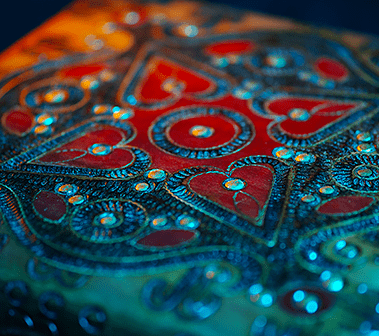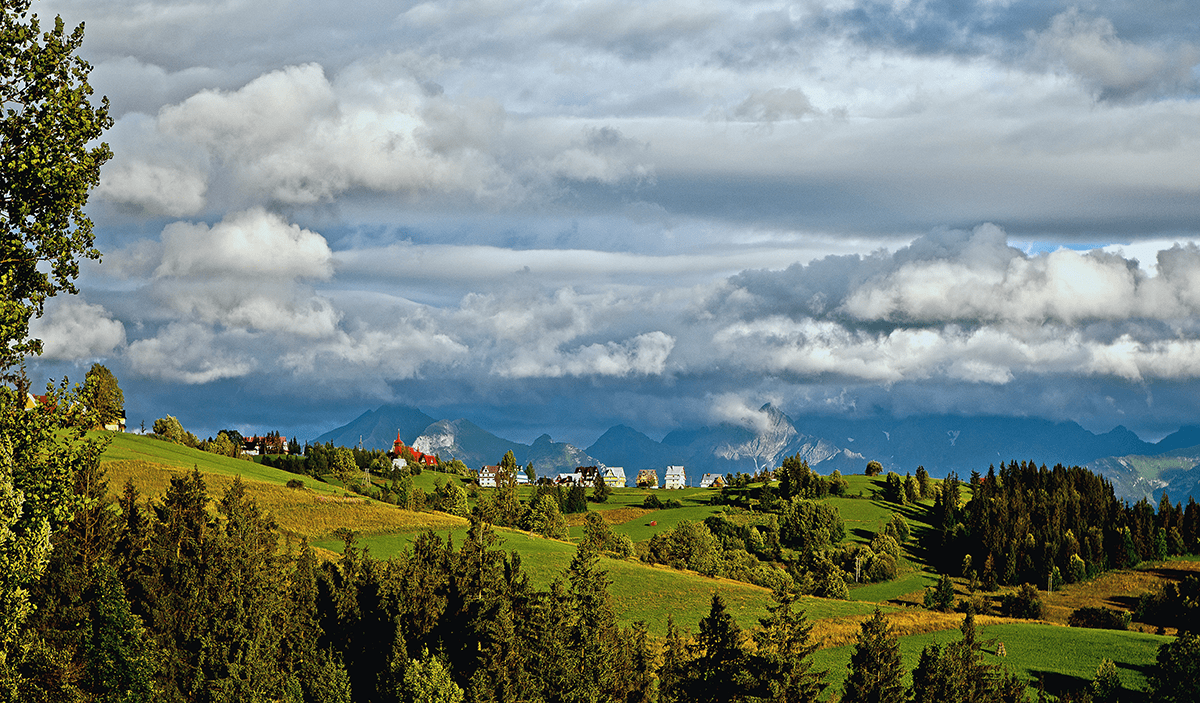
An Introduction to Polish Wooden Boxes:
I
 n today's world of mass production, exquisitely hand-crafted boxes bring, along with their grace, the charm and passion of the human imagination. Prime lacquer finished exterior & interior compartments assure the proper aura for memorabilia, treasures, and jewelry. Using traditional hammered-in brass-work and other specialized techniques and considerations such as feather joint construction for durability, a raised lower edge construction that mates with the upper lid to create an air-tight seal, transparent stains and colors that retain the original wood-grain, opaque acrylic paint accents that create an illusion of dimensionality , a diverse assortment pyrography tools, stamps and wood-burning techniques, Polish boxes don't simply appear beautiful & charming; Our Polish wooden boxes are the end product of an unrivaled woodcraft mastery that has been developed through countless generations of Polish woodworkers.
n today's world of mass production, exquisitely hand-crafted boxes bring, along with their grace, the charm and passion of the human imagination. Prime lacquer finished exterior & interior compartments assure the proper aura for memorabilia, treasures, and jewelry. Using traditional hammered-in brass-work and other specialized techniques and considerations such as feather joint construction for durability, a raised lower edge construction that mates with the upper lid to create an air-tight seal, transparent stains and colors that retain the original wood-grain, opaque acrylic paint accents that create an illusion of dimensionality , a diverse assortment pyrography tools, stamps and wood-burning techniques, Polish boxes don't simply appear beautiful & charming; Our Polish wooden boxes are the end product of an unrivaled woodcraft mastery that has been developed through countless generations of Polish woodworkers.
B
esides being practical and functional, Polish boxes bring the joy of elegant artwork to home interiors and everyday life. Each box has its own, unique personality that casts an air of mystery and invokes a fantasy of hidden treasures, spiritual potentiality, and a feeling of distinction. Polish boxes come in a variety of sizes and wide selection of traditional designs, ranging from hearts and florals to geometrical, lock & key, simple or extravagent.
Where are Polish Boxes Crafted?
P
olish boxes are crafted in and around the mysterious high-altitude regions of the Tatra Mountains, pronounced "Tatrɨ" in Polish, which form a natural border between Poland and Slovakia. The Tatrɨ reside in a string of peaks that span across a large portion of Eastern Europe, referred to as the "Carpathians". Near the town of Zakopane and Podhale in Southern-Poland, these mountains peak at elevations approaching 8,200 feet, and were discovered by nineteenth-century poets, who proclaimed them a fairyland of legends, miracles, and natural wonders.
The Cultural Roots & Tradition of Polshi Boxes
Y
ou may be wondering; how did the tradition of these intricate and heart-warming Polish Boxes begin? Much like secluded rural areas and farm country around the world, this tradition began as a community based exchange of gifts, as favors, or to repay favors. The people of the mountains had grazing cattle, sheep, and skill in wood-working, but currency itself never had so much meaning as these secluded communities were self-sufficient. With many individual households priding themselves on their woodworking, wooden boxes became a symbol of a house's woodworking skill and reputation. Often, during the cold or slower months, families would make boxes as a pass-time, collaborating between family members. Men in the family were skilled in woodworking (housing, furniture such as beds, tables, etc) and carving, while women of the mountains were skilled in weaving, sewing, and working with fabrics, leathers, and colors in order to make the traditional garments Poland is known for, designing traditional patterns and floral adornments; together households would meld their talents to make wooden boxes that would be cherished and highlighted in the region. Different households became known for their various specialties, brass-work for example, while others for their innovative designs, carving, colors, or application of paint. With the uprising of tourism in Poland during the 20th century, many tourists flocked to these mysterious regions of Poland where woodworking, and folk-culture was still abundant, bringing about a demand for, and introducing to the World, these finely crafted wooden keepsakes.
360 VR View of a Wooden Chapel in Podhale (Bonus)
T
he wooden chapel below, by the name of "Kaplica Najświętszego Serca Pana Jezusa", or "The Chapel of the Sacred Heart of Jesus" in English, is examplary of historical Polish woodworking. This church was erected in 1907, by traditional Polish "Goral (translates to highlanders)" carpenters and prominently displays what is quicking becoming a lost art: Polish woodworking & traditional carving. Virtually every object in this chapel is made from and carved from wood aside from the color stained glass windows: the centerpieces, benches, chalandier, walls, floors, decoarations, ceilings, and so on. Pan around and explore the image below to discover all of the beautiful hand-carved wooden elements of this historic Polish wooden chapel:


